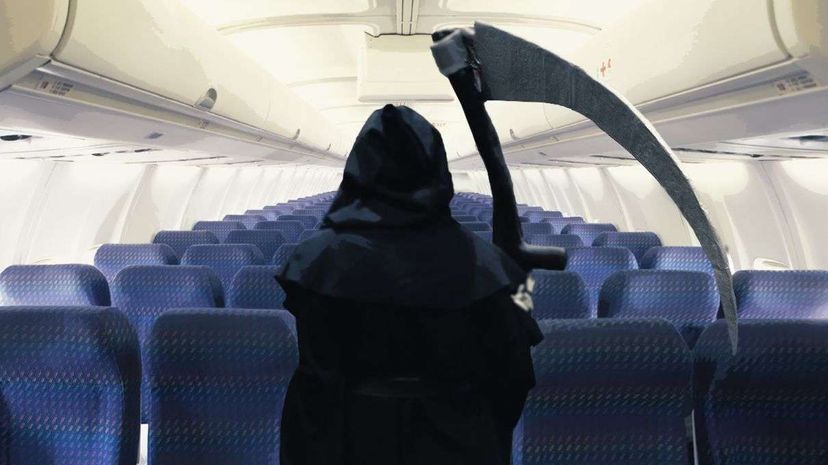
Key Takeaways
- Staff from four major airlines said they do not use the term "Jim Wilson" when transporting human remains by air.
- Airlines do transport human remains, which require specialized handling and documentation, and follow the Transportation Security Administration’s specific guidelines to ensure safety and respect.
- For cremated remains, airlines often require the ashes to pass through X-ray machines, necessitating the use of containers that won't obstruct the machine's view, so a person can carry them on to the flight.
According to the internet and urban legend, two things that go hand in hand with a grain of salt, American Airlines uses the code name "Jim Wilson" for human remains being shipped in its cargo hold. But is there any truth to this?
After all, it's absolutely true that American, like many other airlines, does ship human remains — people die all the time far from their families and final resting places. But no one at American actually uses this code, said an American Airlines (AA) spokesperson we spoke to in 2016, and it's not anything that passengers would ever hear.
Advertisement
However, the AA spokesperson said that the name appeared to come from the company that manufactured the air trays used to safely transport human remains. According to The Sun, the Alcor 1997 Stabilization and Transport Manual mentions that Jim Wilson trays are often used as shipping containers and are packed with ice to preserve human remains. Currently, the AA website page concerning transporting human remains has no mention of "Jim Wilson."
This raises the question, though: Do any other airlines use codes like this to protect the sensitivities of other passengers and offer some privacy for the deceased? If they do, they're keeping it a secret even from some of their employees. Calls placed in 2016 to JetBlue, Alaska Air, and United revealed that they'd never heard of such a thing, but it was intriguing enough that the people who answered the phones were going to look into it. One bewildered JetBlue representative we reached said, "I've never been asked that before."
Like everything else related to air travel since Sept. 11, 2001, transporting human remains became more difficult. The Transportation Security Administration partnered with funeral homes to come up with some guidelines to help people transport remains with less hassle and better security.
This is especially tricky with cremated remains. Airlines may require that you carry them onto the plane rather than checking them into the cargo hold, which means they must go through the X-ray machine. If the container is opaque to the machine, it cannot go onto the plane. And TSA agents are not permitted to open the container, even if you ask them to. There are travel-friendly containers available made of plastic or wood that work with the X-ray machine, but you have to know that in advance.
Advertisement

